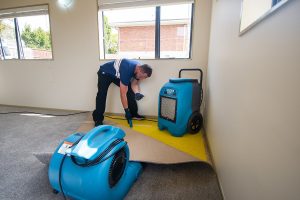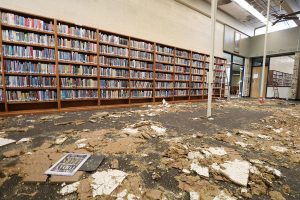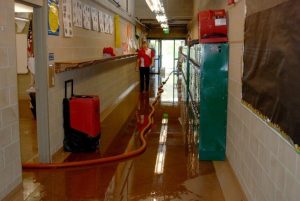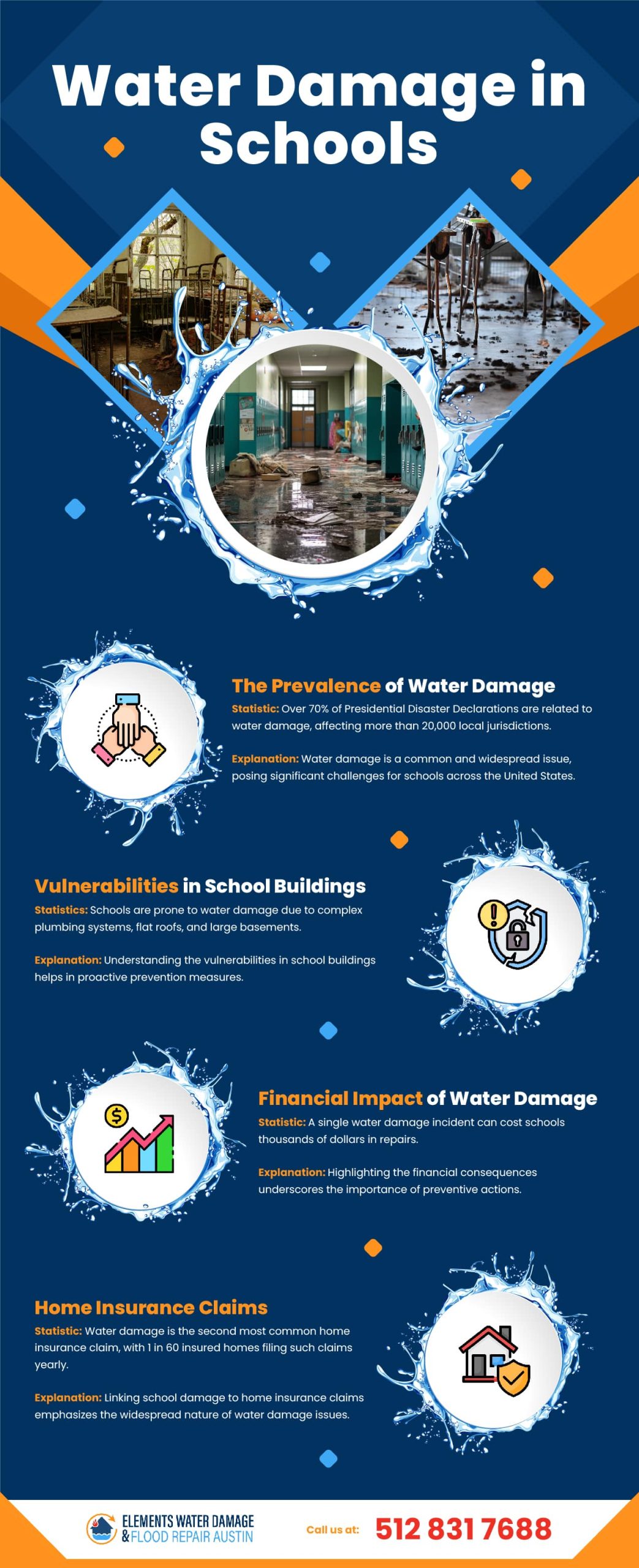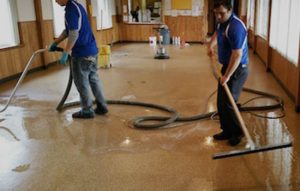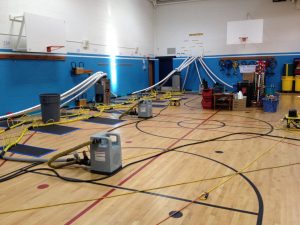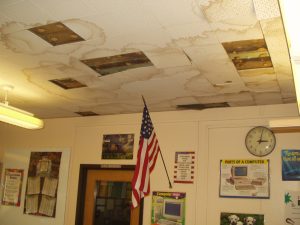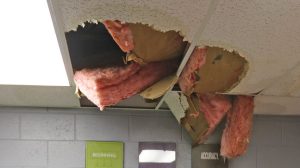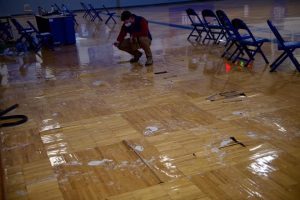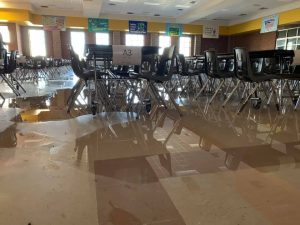School Building Water Damage Cleanup in Austin
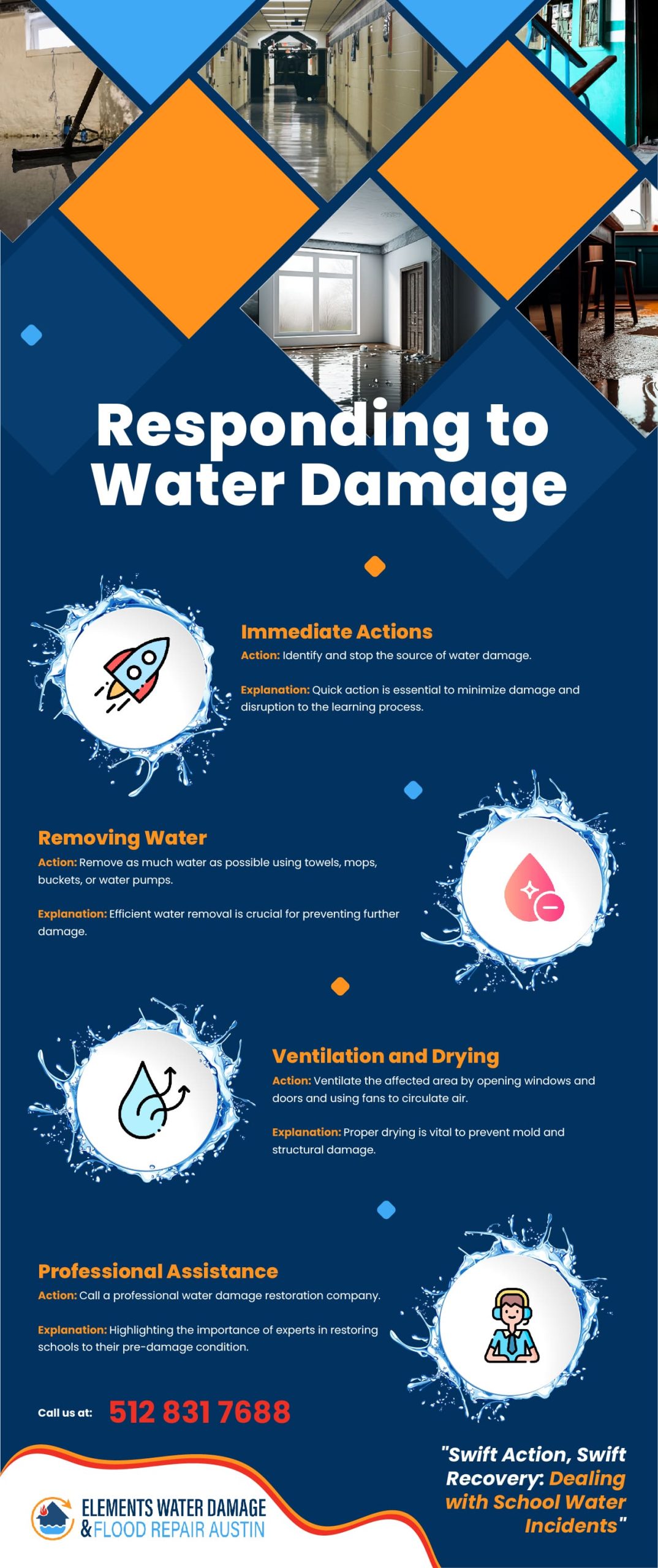
Here are some statistics about water damage and indoor flood damage in schools:
- According to the Federal Emergency Management Agency (FEMA), water damage is the most common natural hazard in the United States, affecting over 20,000 local jurisdictions and representing more than 70 percent of Presidential Disaster Declarations.
- Schools are particularly vulnerable to water damage because they often have complex plumbing systems, flat roofs, and large basements.
- A single water damage incident can cost schools thousands of dollars in repairs.
- According to the Insurance Information Institute (III), water damage is the second most common home insurance claim behind damage from wind and hail.
- About 1 in 60 insured homes claims water or freezing damage each year.
If your school experiences water damage, it is essential to act quickly to minimize the damage and disruption to the learning process. Here are some things you should do:
- Identify the source of the water and stop it if possible. If the water is coming from a broken pipe, turn off the water supply. If the water is coming from a roof leak, cover the leak with a tarp or plastic sheeting.
- Remove as much water as possible from the affected area. You can use towels, mops, and buckets to remove water or rent a water pump.
- Ventilate the affected area to allow it to dry. Open windows and doors, and use fans to circulate the air.
- Call a professional water damage restoration company. These companies have the experience and expertise to safely and effectively remove water and restore your school to its pre-loss condition.
Here are some additional tips for preventing water damage in your school:
- Regularly inspect your school building for potential water hazards. Pay particular attention to plumbing fixtures, roofs, and HVAC systems.
- Have a water damage plan in place. This plan should include procedures for identifying and responding to water leaks and floods.
- Invest in water damage prevention measures. This may include installing water sensors, backflow preventers, and sump pumps.
- Educate your staff and students about water damage prevention. Make sure they know what to do if they see a water leak or flood.
Water damage in schools: A costly and disruptive problem
Water damage is a severe problem that can affect schools of all sizes. It can be caused by a variety of factors, including:
- Plumbing failures: Pipes can burst due to age, corrosion, or freezing. Leaks can also occur at faucets, toilets, and other plumbing fixtures.
- Roof leaks: Leaks can develop in roofs due to age, storm damage, or improper installation.
- Flooding: Schools located in flood-prone areas can be damaged by rising waters.
- HVAC failures: Broken air conditioners and heaters can also cause water damage.
Water damage can have a significant impact on schools. It can disrupt classes, damage educational materials, and create health hazards. In severe cases, water damage can even force schools to close temporarily or permanently.
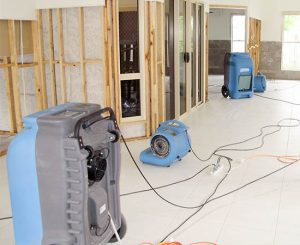
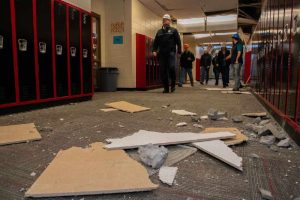
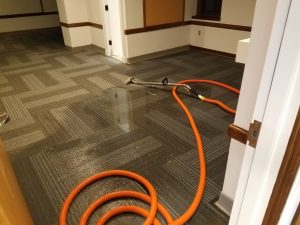
Here are some of the specific consequences of water damage in schools:
- Disrupted classes: When water damage occurs in a classroom, students and teachers may have to be relocated to other areas of the school. This can disrupt the learning process and make it difficult for students to stay focused.
- Damaged educational materials: Books, computers, projectors, and other educational materials can be damaged or destroyed by water. This can be a costly setback for schools, especially those with limited budgets.
- Health hazards: Water damage can lead to mold and mildew, which can cause respiratory problems and other health problems for students and staff.
- Structural damage: In severe cases, water damage can damage the structural integrity of a school building. This can make the structure unsafe and require expensive repairs.
If you are a school administrator, there are several things you can do to prevent water damage and minimize its impact if it does occur:
- Regularly inspect your school building for potential water hazards: Pay particular attention to plumbing fixtures, roofs, and HVAC systems.
- Have a water damage plan in place: This should include procedures for identifying and responding to water leaks and floods.
- Invest in water damage prevention measures, including installing water sensors, backflow preventers, and sump pumps.
- Partner with a professional water damage restoration company: If your school does experience water damage, it is essential to contact a professional water damage restoration company as soon as possible. These companies have the experience and expertise to safely and effectively remove water and restore your school to its pre-loss condition.
Elements Water Damage & Flood Repair Austin is a trusted water damage restoration company that specializes in helping schools recover from water damage. We offer various services, including water removal, drying, dehumidification, mold remediation, and reconstruction. We understand the importance of minimizing disruption to the learning process, and we work quickly and efficiently to get your school back up and running as soon as possible.
If you have any questions about water damage prevention or restoration in schools, please do not hesitate to contact Elements Water Damage & Flood Repair Austin. We are here to help.
Elements Water Damage Flood Repair Austin offers Austin high-end School Water Damage Cleanup Restoration in Lakeway, West Lake Hills, Austin, Texas

